
Visual Art |
Up |
Prev |
Next |
"Turmeric" the hue, is on the Yellow side of Orange. Many things in the natural world have this hue including seeds, the flesh of fruits and roots, leather goods, soils and fried foods.
Turmeric itself is a fleshy rhizome native to Southern India which is boiled, dried and ground into the powder that gives this hue its name. It is used in cooking to impart flavour and colour. Thanks to its strong colouring ability it is used widely as a food dye to give foods an attractive yellow ochre colour. It is used as fabric dye (although not a good one) for Buddhist and Hindu robes.
Turmeric has been used for pigments and dyes from the beginning, however as it is not light fast it was of no use for lasting art. Alternatives in this hue include Yellow Ochre from limonite, Orpiment from arsenic sulfide, and Indian Yellow obtained from the urine of cows. Darker tones include Tannin from Oak Bark, Raw Umber from clay and Sepia from Cuttlefish. Thus it is that this hue has always been well represented in painting and clothing.
Today the traditional earth forms are as effective as ever and the bright Yellowish Orange of Turmeric can be obtained through the use of Cadmium or Perinone Orange and Cadmium or Arylide Yellow.
| Buff | Buff | Peanut |
| HSB 40°, 35%, 100% RGB 255, 224, 166 |
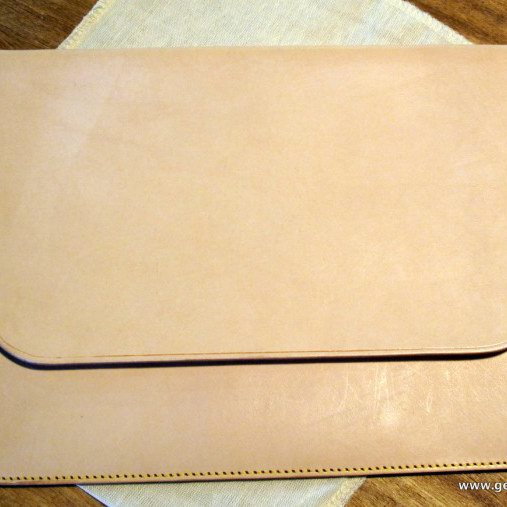 |
 |
| "Buff" is the colour of undyed leather, certain seeds and pale saffron sand. | "Buff" is named after undyed leather. This does vary in colour but not enough to put them in the adjacent category which is Parmesan Cheese. | Peanuts come in a shell, then they have a skin which must be peeled away to reveal the edible kernel. These kernels may be eaten raw or roasted. This colour is raw kernels. |
| Turmeric | Turmeric | Pumpkin |
| HSB 44°, 100%, 100% RGB 255, 187, 0 |
 |
 |
| "Turmeric" is the colour of some roots and fruits. | "Turmeric" the colour is powder obtained from grinding the turmeric rhizome. It is used to colour foods such as mustard as well being a spice in its own right. The "Saffron" robes of Buddhists and Hindus are often dyed with turmeric which is also used to fake the colour of saffron rice due to the high cost of the real thing. | "Pumpkin" the colour refers to the flesh not the skin. They do vary somewhat in colour depending on the variety and the nutrition level of the fruit as it ripens. In some cases the flesh may be orange in other cases Cheddar Cheese, still this colour is probably the most common. |
| Yellow Ochre | Yellow Ochre | Hash Brown |
| HSB 44°, 100%, 85% RGB 217, 159, 0 |
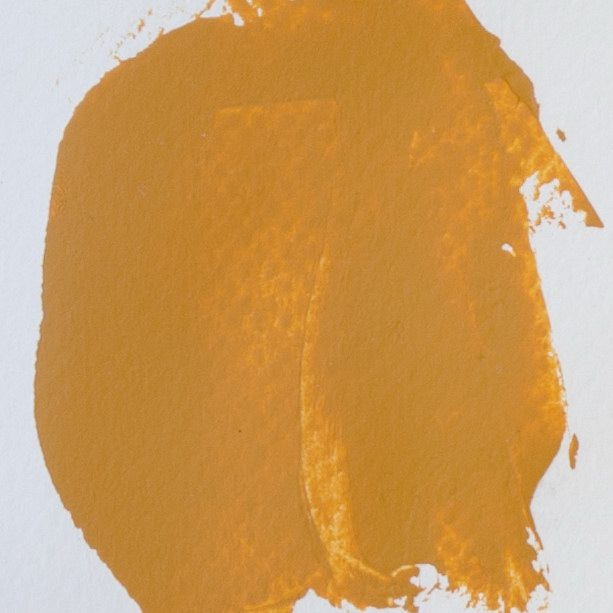 |
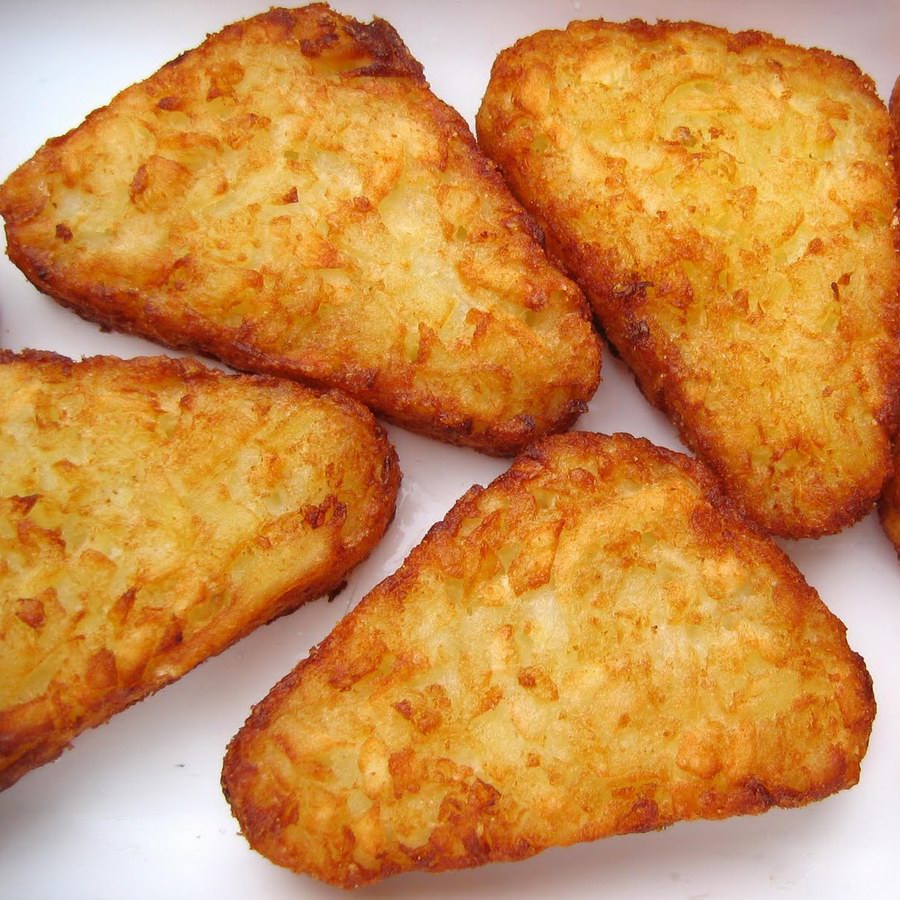 |
| "Yellow Ochre" is the colour of certain minerals and clays such as yellow ochre. It is also the colour of numerous deep fried foods such as hash browns and fried crumbed chicken. | "Yellow Ochre" is a natural earth pigment containing hydrated iron hydroxide (limonite). It has been used by artists since the stone age and is still used today. Its colour varies somewhat as do all natural minerals but this is the norm. | Hash Browns are fried cakes of shredded potato or mashed potato. Naturally their colour will vary depending how long you cook them. |
| Tan | Tan | Sepia |
| HSB 44°, 100%, 60% RGB 153, 112, 0 |
 |
 |
| "Tan" is the colour of leather after it has been soaked for a few weeks in barrels containing a tree bark high in tannin. "Tannum" or oak bark was a common choice and gives its name to this colour. | Tanned leather goods do vary somewhat in colour depending on how the leather was tanned. Nevertheless this colour is very common and I would hope we have all seen boots like these. | "Sepia" is a pigment derived from the ink sac of the common cuttlefish. "Sepia" is the Greek for cuttlefish and it was used as a writing ink by the ancient Greeks and Romans. Sepia toning is a photographic process for altering black and white photographs to brown to give them a warmer hue and great longevity. It produces the same colour but does not involve cuttlefish. |
| Milk Chocolate | Milk Chocolate | Raw Umber |
| HSB 44°, 100%, 32% RGB 82, 60, 0 |
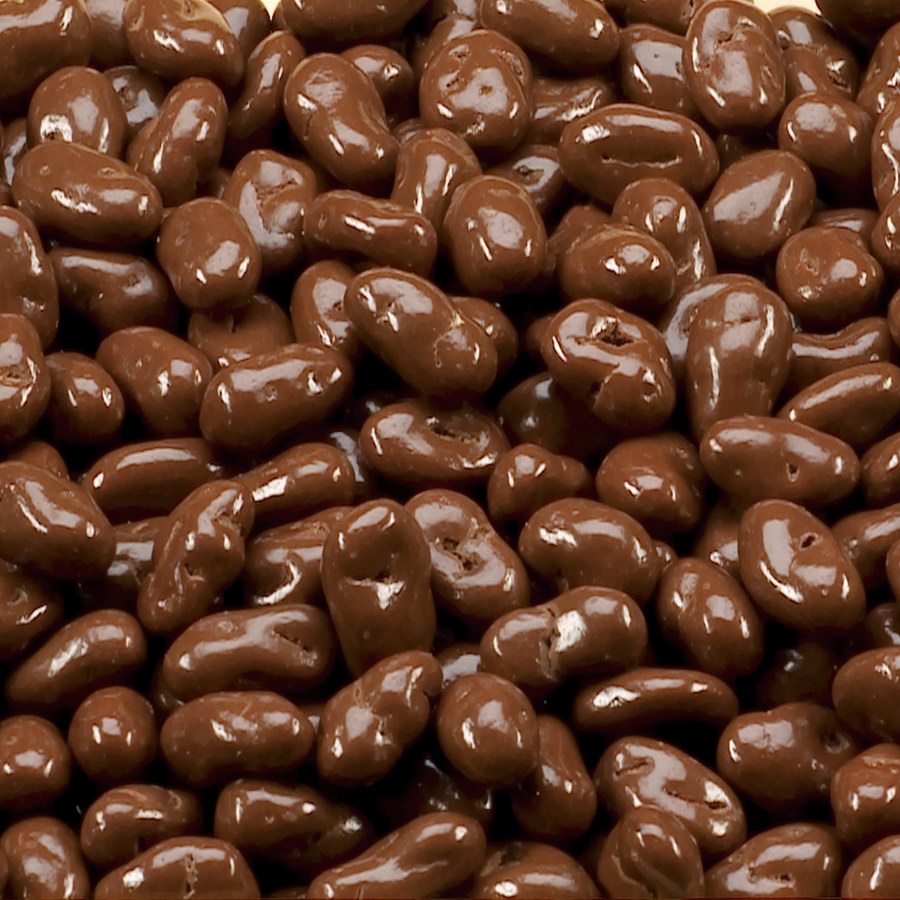 |
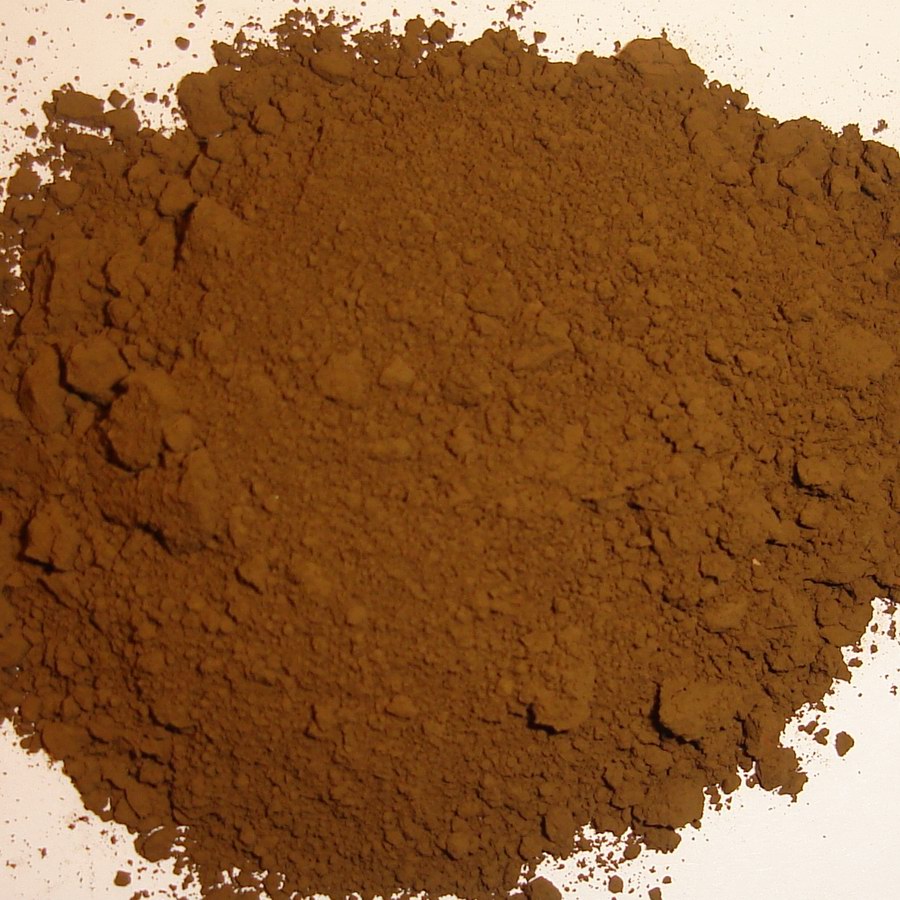 |
| "Milk Chocolate" is the colour of many chocolates, woods and dark earths. It is just Yellow of Dark Brown. | Milk Chocolates do vary in colour which is not surprising considering the variety of chocolates available. They vary according to how much milk is added, the raw chocolate used and other ingredients. Nonetheless, this colour is quite representative. | "Raw Umber" is the dark earth present around Umbria. It contains iron oxide and manganese oxide and is a popular pigment for painters going back hundreds of years. |